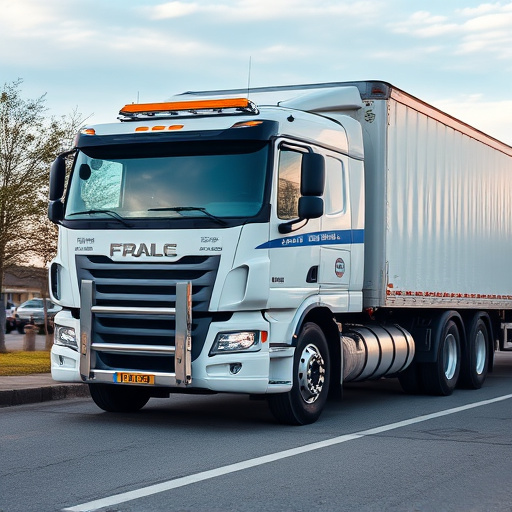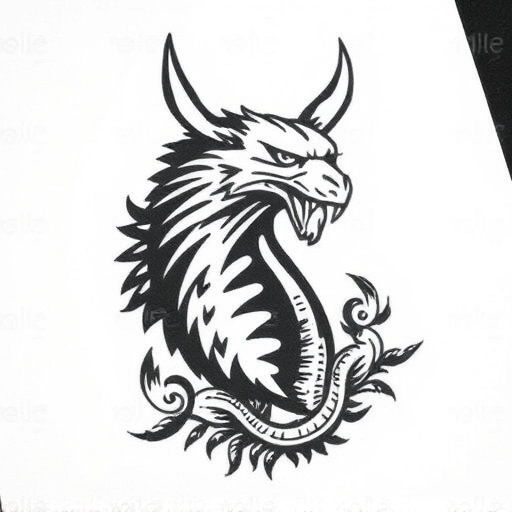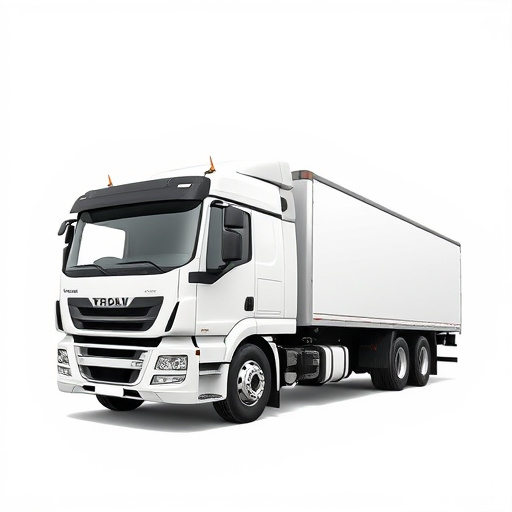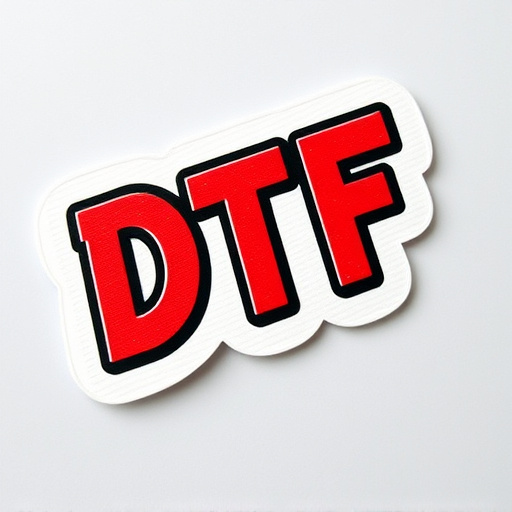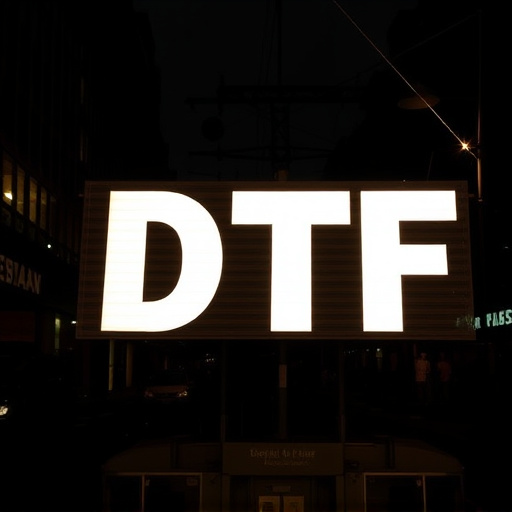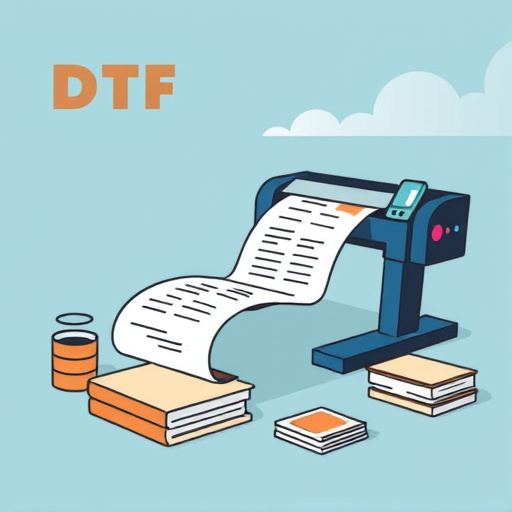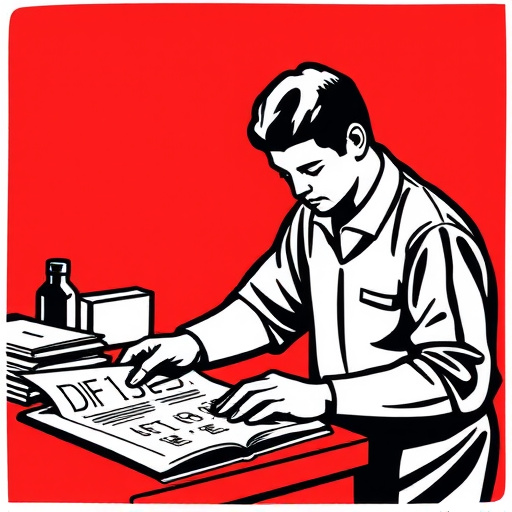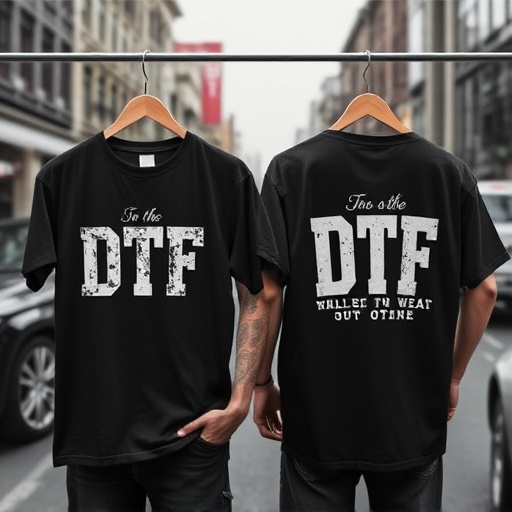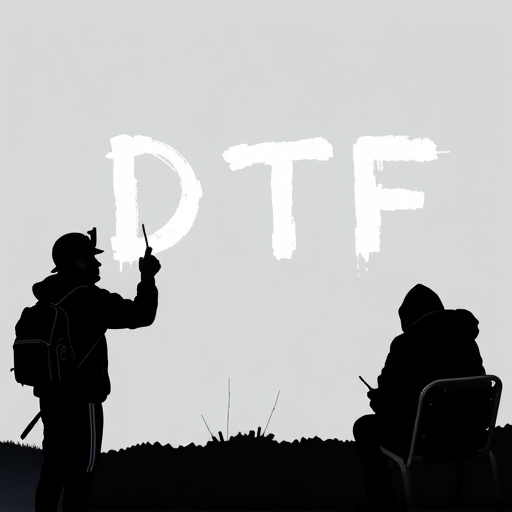DTF Transfer Gang Sheets are crucial for textile printing, enabling efficient transfer of graphics using direct to film technology. They offer high-quality, vibrant designs on dark fabrics, faster production times, cost savings, and intricate design capabilities, ideal for custom apparel and promotional merchandise. Automation in tee-shirt printing industries streamlines production through precise material positioning, increasing rates while maintaining quality. Implementing DTF sheets requires strategic workflow analysis, automation investment, software integration, and employee training for successful integration.
In today’s digital age, automation is transforming various industries, and paperless transfer documentation (DTF) is no exception. This article delves into the world of DTF Transfer Gang Sheets, exploring their role as a foundation for efficient data exchange. We uncover how automation significantly enhances accuracy and productivity in supply chain management. Furthermore, it provides practical strategies for successful implementation, ensuring businesses can navigate this digital transformation effectively, revolutionizing document handling processes with DTF technology.
- Understanding DTF Transfer Gang Sheets: A Foundation
- Automation's Impact: Efficiency and Accuracy Enhanced
- Navigating Implementation: Strategies for Success
Understanding DTF Transfer Gang Sheets: A Foundation

DTF Transfer Gang Sheets are a fundamental component in the world of textile printing, particularly for clothing brands. These sheets serve as a bridge between design and production, enabling efficient and precise transfer of graphics onto various fabrics. The term ‘DTF’ stands for Direct to Film, reflecting the direct printing method used by specialized printers, such as the direct to film printer, to create high-quality, vibrant designs.
Understanding DTF Transfer Gang Sheets is crucial for businesses in the apparel industry. These sheets typically consist of a transparent film with a layer of adhesive on one side, allowing for easy application onto fabric. The design is pre-printed on the film, ensuring accurate color reproduction and detail when transferred to dark fabrics using dtf for clothing brands. This process offers several advantages, including faster production times, cost-effectiveness, and the ability to produce complex designs with intricate details, making it a game-changer for custom apparel and promotional merchandise.
Automation's Impact: Efficiency and Accuracy Enhanced
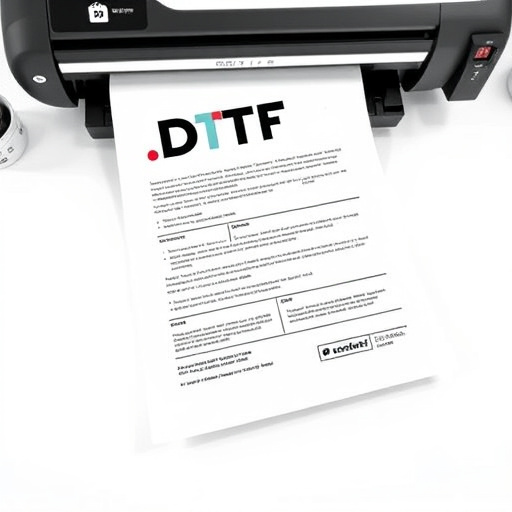
Automation has revolutionized the way DTF Transfer Gang Sheets are handled, significantly enhancing efficiency and accuracy in the tee-shirt printing industry. By integrating automated systems into the production process, businesses can streamline their operations, reducing manual labor and potential human errors. This shift towards automation is especially beneficial for Custom Graphic Tees businesses that rely on consistent quality and timely delivery.
For DTF (Direct to Fabric) printing techniques used on light fabrics, automation plays a crucial role in optimizing the workflow. Automated machines can precisely position the dtf materials onto the fabric, ensuring clean cuts and accurate transfers. This precision is vital for achieving high-quality designs, especially when catering to diverse customer preferences and demands. Furthermore, automated systems enable faster production rates, allowing businesses to meet the quick turnaround times expected in today’s fast-paced market, where customers often require their custom tees promptly.
Navigating Implementation: Strategies for Success
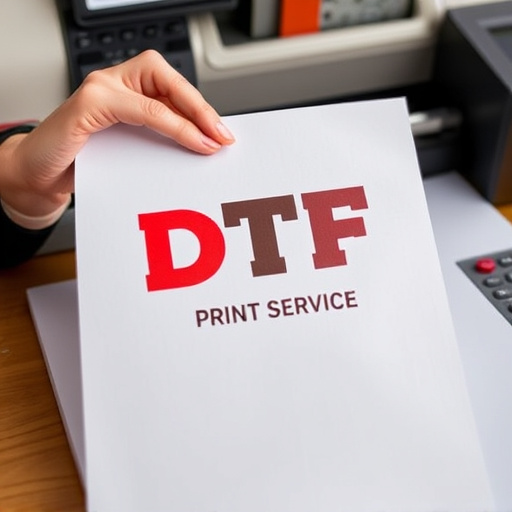
Navigating the implementation of DTF Transfer Gang Sheets requires a strategic approach for success. Firstly, organizations should assess their current processes and identify areas where automation can streamline operations. This involves understanding the unique requirements of DTF printing for light fabrics and logos DFT for clothing brands, ensuring efficient handling of bulk DFT shirt production. By analyzing workflow, material handling, and quality control needs, businesses can pinpoint the most effective automation strategies.
A successful implementation strategy includes investing in user-friendly software that integrates seamlessly with existing systems. This not only simplifies the planning and scheduling process but also enhances communication between design teams and production facilities. Regular training sessions for employees are crucial to ensure they feel comfortable using new technologies, fostering a productive environment where automation can thrive.
DTF Transfer Gang Sheets automation is transforming industries by boosting efficiency and accuracy. By understanding the fundamentals, strategically implementing automated solutions, and navigating potential challenges, organizations can harness the full potential of this technology. As automation continues to evolve, a thoughtful approach to integrating DTF Transfer Gang Sheets into workflows will be key to staying competitive and optimizing operations.

